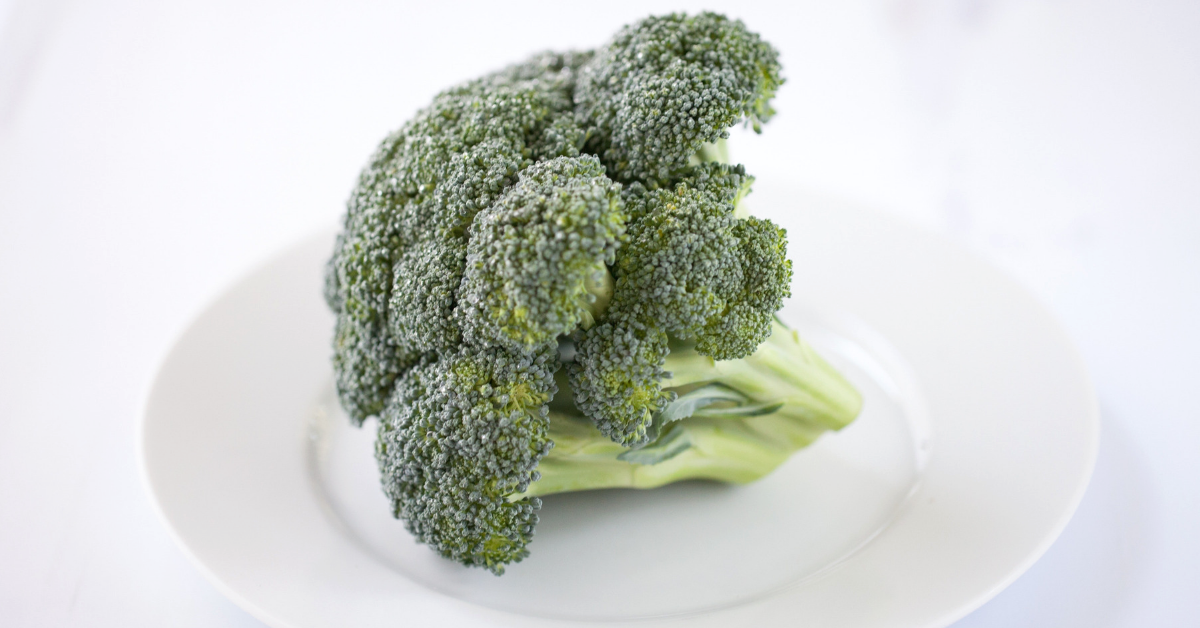
Top 10 food myths busted by Timika Chambers, CDE
Many people without the diagnosis of diabetes struggle with healthy eating. Being diagnosed with diabetes often adds to the confusion. Some people automatically assume that they need to go on a diet to manage their blood sugars. With over 100 diets out there, it’s no wonder people are confused, frustrated and want to give up on their health. However, as with understanding anything we do, we need to start with the basics, which involve unraveling myths that often hold people back.
There is no one diet out there that fits all. Healthy eating takes an individualized approach. Here are ten myths that I often come across while serving people diagnosed with diabetes and those at risk of the diagnosis.
-
I need to avoid all carbohydrates. Carbohydrates, such as rice, barley and oatmeal, are the body’s main source of energy and contain vitamins, minerals, and nutrients for optimal health. Some people who are allergic to gluten or have Celiac Disease may need to limit/avoid foods that contain gluten, commonly found in a variety of foods. Otherwise, stick to portion sizes and include a variety of foods can help normalize blood sugars.
-
I need to be on a strict diet. Many people regain the weight if not more after being on a strict diet. Moderation is the key to controlling blood sugars. Many people with diabetes successfully regulate their blood sugars while enjoying the foods they love. In some cases, healthcare providers may prescribe dietary supplements in case of mineral or vitamin deficiencies. Including a variety of foods from each of the food groups can increase your chances of meeting your body's requirements.
-
Fruit is bad for you. Too much fruit can lead to diabetes. Fruit contains fructose, a natural sugar. However, fruits also contain fiber, vitamins, and minerals which fuels your body in a good way. Combining a serving of fruit with protein and good fats, such as almonds can help prevent blood sugar spikes.
-
I need to give up my favorite foods. More than likely it is not the food item that leads to blood sugar spikes. It is what you are eating with the food item and how much you are eating at one time. Think about pairing and portions.
-
I can have as much diet soda as I want. While diet soda may contain artificial sweeteners instead of regular sugar, diet soda is not a natural cleanser for the body. Water is. Occasionally, you can flavor your water by blending frozen fruits and adding a sweetener. Plus, consumption of diet soda has been associated with increased risk for diabetes type 2 and gut abnormalities.
-
Healthy food has no flavor. There are tons of herbs and spices you can use to flavor your meal. Many of the herbs and spices have been around for centuries and have medical uses. Tap into your creativity and experiment with your foods. Some herbs and spices can interact with your medications, so please do your research.
-
I have to give up meat. High cholesterol goes hand and hand with diabetes. Moderation is best. It’s best to choose lean meats and poultry and consume red meats sparingly. I have found that many people are afraid of exploring other foods because they are afraid that they will not get enough protein. While the daily recommendations of protein are 56 grams for men and 46 grams for women, beef, pork and chicken are not the only foods that contain protein. High protein foods include beans, eggs, cottage cheese, quinoa, and lentils. One cup of quinoa contains a little over 8 grams of protein, and one cup of lentils provides approximately 18 grams of protein.
-
Preparing healthy meals takes too much time. I encourage clients to pick a couple of hours, preferably the start of the week to prepare and freeze batches of food. It is best to start planning meals ahead of time. Batches of food can be prepped and frozen for later use. You will not only save time but also save money. Eat oatmeal or non-egg meals at least twice a week. Pick themes for your meals to help increase creativity.
-
Drinking tea and other drinks count as water intake. Nothing takes the place of water. Many healthcare providers recommended drinking ½ your weight or ½ ounce per pound of weight.
-
Vegetables are boring. There is no one way to cook vegetables. If you like grilled food, try grilling your vegetables. If you have a favorite seasoning for your foods, try it on your vegetables. You can add different types of seasonings and mix up the mode of preparation. For example, one day I decided to try baked eggplant with flaxseed meal because I previously added the meal to my baked chicken, and it was a hit. The result of my experimentation was crunchy and delicious eggplant. Even our 7-year old son loved the eggplant! Explore different vegetables and be patient with yourself.

